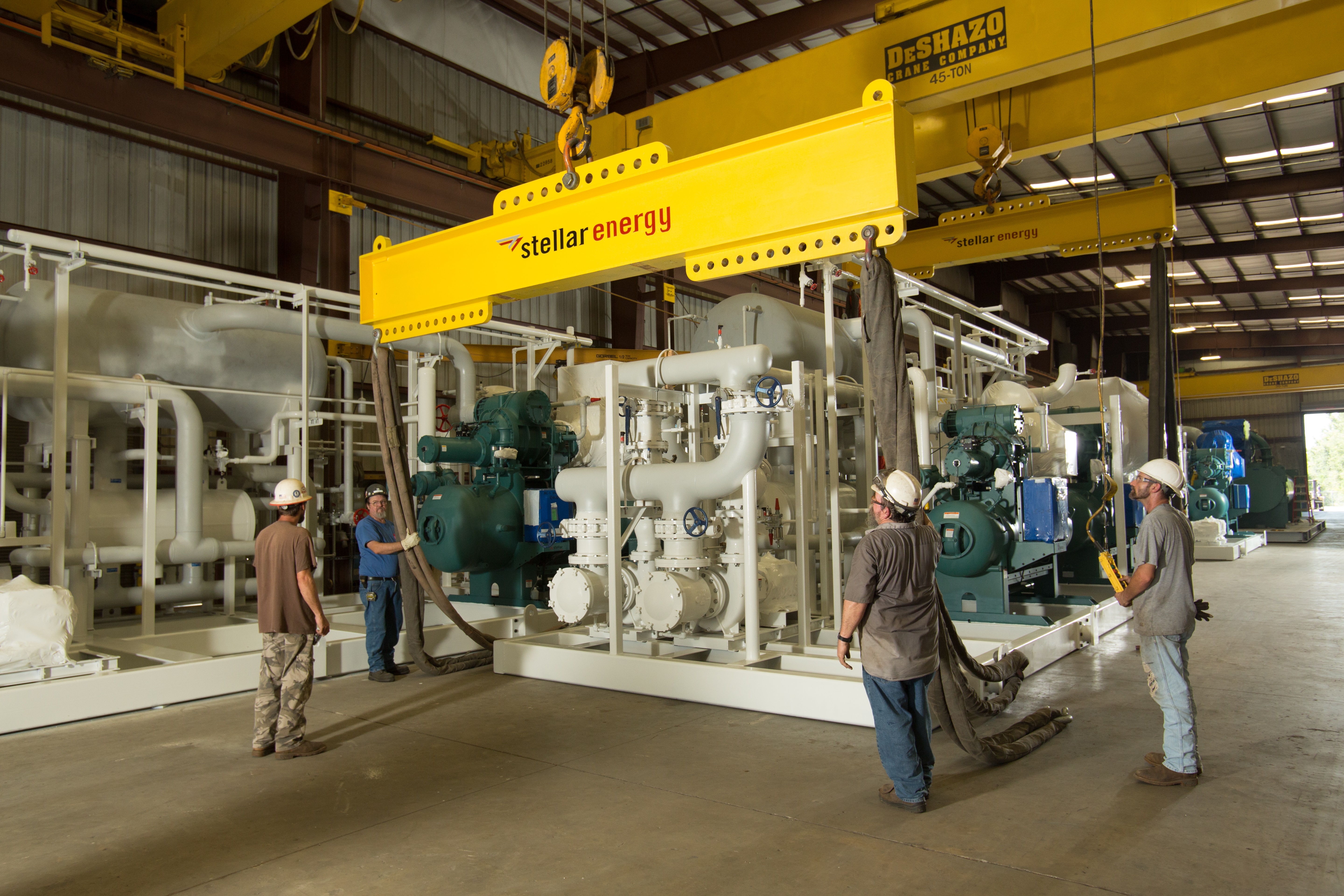In an ideal world, the most efficient equipment would also cost the least to buy and install. But in the real world that’s usually not the case.
Equipment often runs more efficiently because it’s made from higher grade materials. Higher grade materials cost more.
Anyone who has priced home air conditioning systems is aware of this. But as Energy Star labels often reveal, lower electric bills offset the higher cost to purchase the AC system over time. The efficiency pays off by making the house cheaper to operate.
A similar principle applies to turbine inlet air chilling (TIAC) systems for power plants, but on a much larger financial scale. Lower capital costs (capex) may mean higher operating expenses (opex). That’s why it’s important to consider the total lifecycle costs — and how to minimize them — when investing in a TIAC system.










